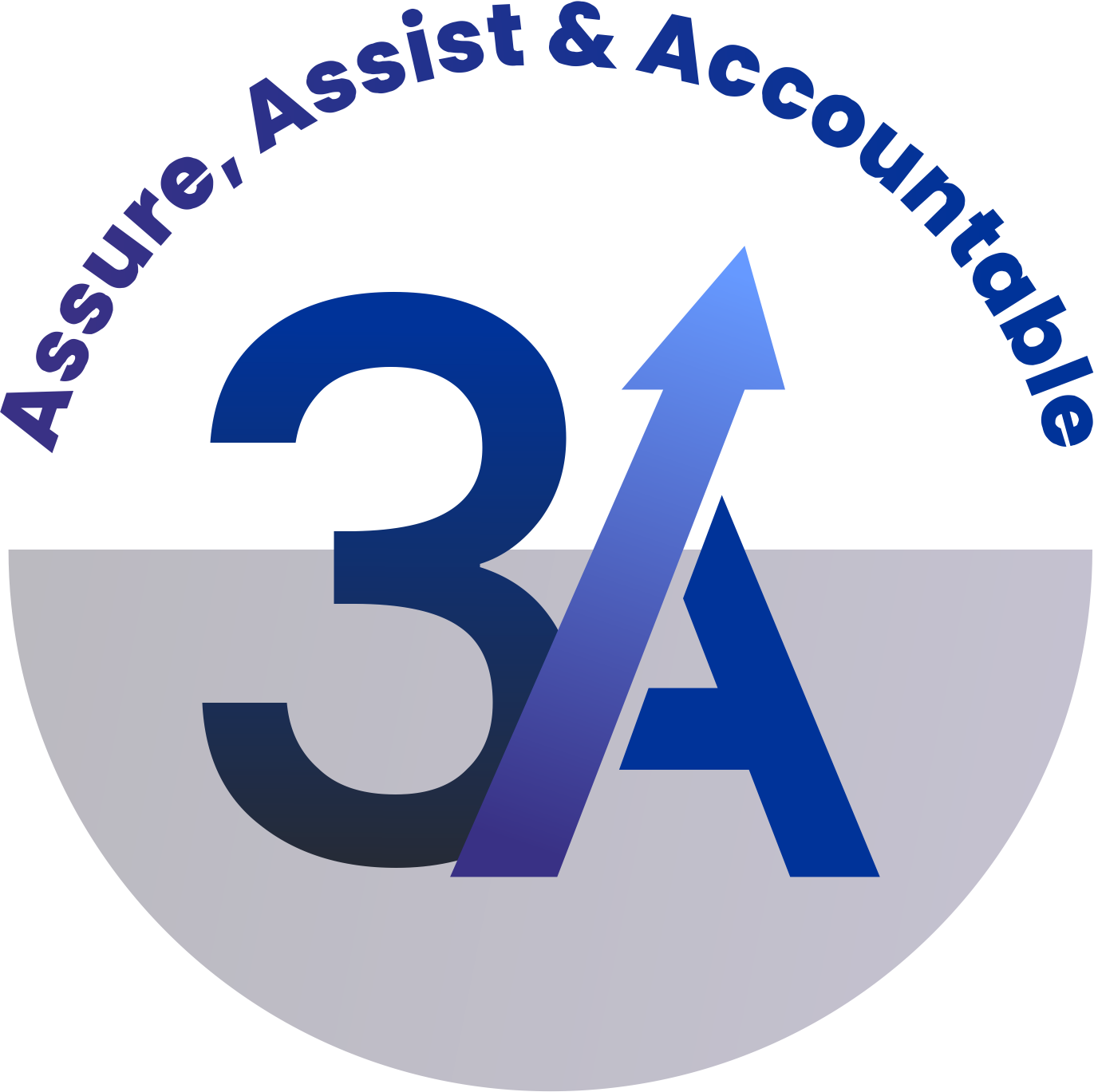Implementing effective data-driven personalization requires a nuanced understanding of both the technical infrastructure and the strategic execution. This article offers a comprehensive, step-by-step guide to deploying personalization at scale, focusing on concrete actions, common pitfalls, and advanced techniques that empower marketers to deliver highly relevant content in real-time.
Table of Contents
1. Audience Data Segmentation for Personalization
a) Collecting First-Party Data: Techniques for gathering explicit and implicit user information
Effective personalization begins with robust data collection. Implement multi-channel forms that capture explicit data such as preferences, demographics, and intent during signup, purchase, or survey interactions. Use behavioral tracking via cookies, pixel tags, and event listeners to gather implicit data like page views, click paths, time spent, and scroll behavior. For example, embedding JavaScript snippets that log every interaction on your site into your data warehouse enables detailed activity profiling.
b) Creating Detailed Customer Personas: Methods for developing dynamic segments based on behavior and preferences
Transform raw data into actionable segments by employing clustering algorithms such as K-Means or hierarchical clustering. Use tools like Python’s scikit-learn or dedicated segmentation platforms. For instance, create personas like “Tech-Savvy Early Adopters” based on high engagement with product updates, or “Price-Conscious Browsers” who frequently view discounts. Continuously update these segments through real-time data streaming, ensuring they reflect current user behaviors.
c) Utilizing Data Enrichment Tools: Integrating third-party data sources to enhance audience profiles
Use data enrichment services such as Clearbit, FullContact, or ZoomInfo to append firmographic, technographic, or social profile data. For example, enrich email addresses collected during signups with company size, industry, or social media handles, enabling more nuanced segmentation. Automate this process via APIs to refresh profiles at regular intervals, ensuring your targeting remains current and comprehensive.
2. Building the Technical Infrastructure for Data-Driven Personalization
a) Choosing the Right Customer Data Platform (CDP): Criteria for supporting real-time personalization
Select a CDP that offers real-time data ingestion, unified customer profiles, and integrations with your existing tools. Key criteria include:
- Real-time Data Sync: Ability to process live data streams from web, mobile, and offline sources.
- Scalability: Handle increasing data volumes without latency.
- API Support: Robust RESTful APIs for seamless integration with marketing automation, CMS, and analytics tools.
- Data Governance: Built-in compliance features for GDPR and CCPA.
b) Integrating Data Sources with Marketing Automation Systems: Step-by-step API connection and data flow setup
- Identify Data Endpoints: Determine which data sources (website, CRM, e-commerce) will feed into your CDP.
- Establish API Connections: Use OAuth2.0 or API keys to authenticate and connect your systems. For example, set up a webhook in your e-commerce platform to push purchase events to the CDP.
- Configure Data Mapping: Map source fields to your unified customer profile schema. For instance, map ‘user_id’ from your website to ‘CustomerID’ in the CDP.
- Set Data Sync Intervals: For real-time personalization, configure streaming data or near real-time syncs; for less critical data, schedule batch updates.
- Test Data Flow: Validate by triggering sample events and verifying their appearance in the CDP dashboard.
c) Ensuring Data Privacy and Compliance: Implementing GDPR, CCPA, and other regulations
Expert Tip: Always implement explicit consent workflows before collecting personal data. Use clear opt-in/opt-out mechanisms and anonymize data where possible. Maintain detailed logs of user consents and data processing activities to facilitate audits and compliance reporting.
Incorporate privacy-by-design principles in your system architecture. For instance, segregate sensitive data, encrypt data at rest and in transit, and provide users with accessible privacy dashboards. Regularly audit your data practices against evolving regulations to prevent legal risks.
3. Developing Personalized Content Strategies Based on Data Insights
a) Mapping Data to Content Opportunities: Creating content variants tailored to segment behaviors and preferences
Leverage your enriched profiles to identify content gaps and opportunities. For example, if data indicates a segment frequently searches for “sustainable products,” develop targeted landing pages or blog articles that emphasize eco-friendly offerings. Use a content matrix to align segments with specific content types:
| Segment | Content Opportunity |
|---|---|
| Price-Sensitive Buyers | Display promotional offers dynamically based on browsing history |
| Tech Enthusiasts | Showcase in-depth product reviews and technical specs in real-time |
b) Designing Dynamic Content Modules: Building templates that adapt in real-time to user data
Use front-end frameworks like Handlebars.js or React to create modular templates with placeholders for user data. For example, an email template could include:
<div class="recommendation">
<h2>Hi {{firstName}}! Based on your recent activity...</h2>
<ul>
{{#each recommendations}}
<li>{{this}}</li>
{{/each}}
</ul>
</div>
Ensure your CMS or email platform supports dynamic content modules. Automate data injection via API calls that populate these templates just before dispatch.
c) Personalization at Different Funnel Stages: Specific tactics for awareness, consideration, and decision phases
Pro Tip: Use different personalization approaches at each stage—educate and entertain during awareness, compare and review during consideration, and offer incentives during decision—to guide users smoothly through the funnel.
For example, in the awareness stage, serve blog content or videos based on browsing history. During consideration, present comparison charts tailored to user preferences. At the decision point, display personalized discount codes or free trials triggered by cart abandonment data.
4. Implementing Real-Time Personalization Tactics
a) Setting Up Triggered Content and Recommendations: How to configure event-based content delivery
Utilize event listeners within your website or app to trigger personalized content displays. For example, implement JavaScript that listens for addToCart events:
document.addEventListener('addToCart', function(event) {
fetch('/api/personalize', {
method: 'POST',
body: JSON.stringify({ productId: event.detail.productId, userId: currentUserId }),
headers: { 'Content-Type': 'application/json' }
})
.then(response => response.json())
.then(data => {
// Update page with personalized recommendations
document.querySelector('#recommendations').innerHTML = data.html;
});
});
Ensure your back-end processes these events swiftly, using serverless functions or microservices to generate real-time content based on the user’s latest interactions.
b) Utilizing Machine Learning Models for Predictive Personalization: Step-by-step process for deploying predictive algorithms
- Data Preparation: Aggregate historical user interactions and label data for training.
- Model Selection: Choose algorithms like gradient boosting (XGBoost) or neural networks for prediction tasks.
- Training & Validation: Split data into training and testing sets; use cross-validation to prevent overfitting.
- Deployment: Export trained models as REST APIs using frameworks like TensorFlow Serving or FastAPI.
- Integration: Call these APIs during user sessions to predict next best actions or content, injecting results into your personalization engine.
Expert Insight: Regularly retrain your models with fresh data to adapt to evolving user behaviors. Use performance metrics like accuracy, precision, and recall to gauge prediction quality.
c) Testing and Optimizing Personalization Algorithms: A/B testing methods and performance metrics
Implement controlled experiments by splitting your audience into test and control groups. Use tools like Google Optimize or Optimizely to serve different personalized variants. Key metrics include:
- Click-Through Rate (CTR): Measure engagement with personalized content.
- Conversion Rate: Track how personalization influences desired actions.
- Average Session Duration: Assess whether personalized content retains user attention.
Pro Tip: Use multi-variant testing to compare different personalization strategies simultaneously, and employ statistical significance tests to validate results.
5. Practical Examples and Case Studies of Technical Implementation
a) Case Study: Deploying Personalized Homepage Content Using a CDP
A leading e-commerce retailer integrated a CDP to dynamically serve homepage banners based on user segments. By capturing real-time browsing and purchase data, they created segment-specific banners—such as “New Tech Gadgets for Tech Enthusiasts” or “Best Deals for Budget Shoppers.” Using JavaScript SDKs, they updated homepage content instantly when users logged in, resulting in a 20% increase in engagement and a 15% uplift in conversions.
b) Example Workflow: Setting Up Personalized Email Campaigns with Dynamic Content Blocks
This involves:

